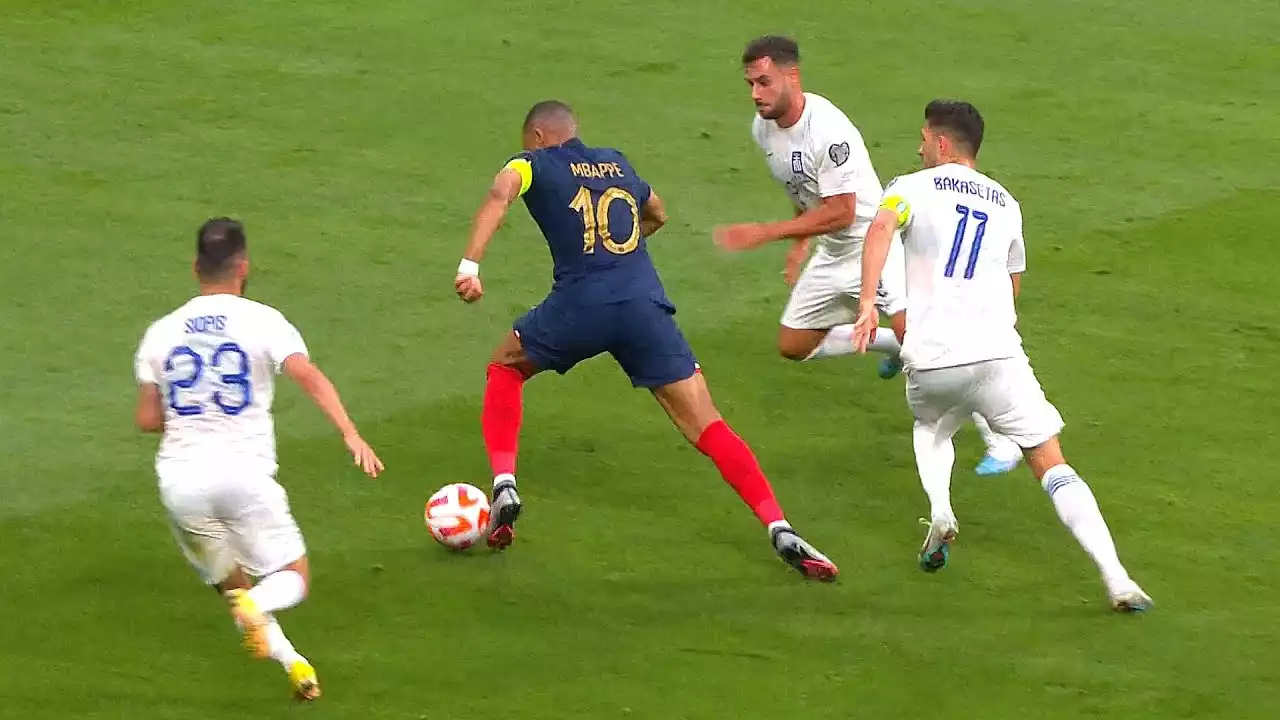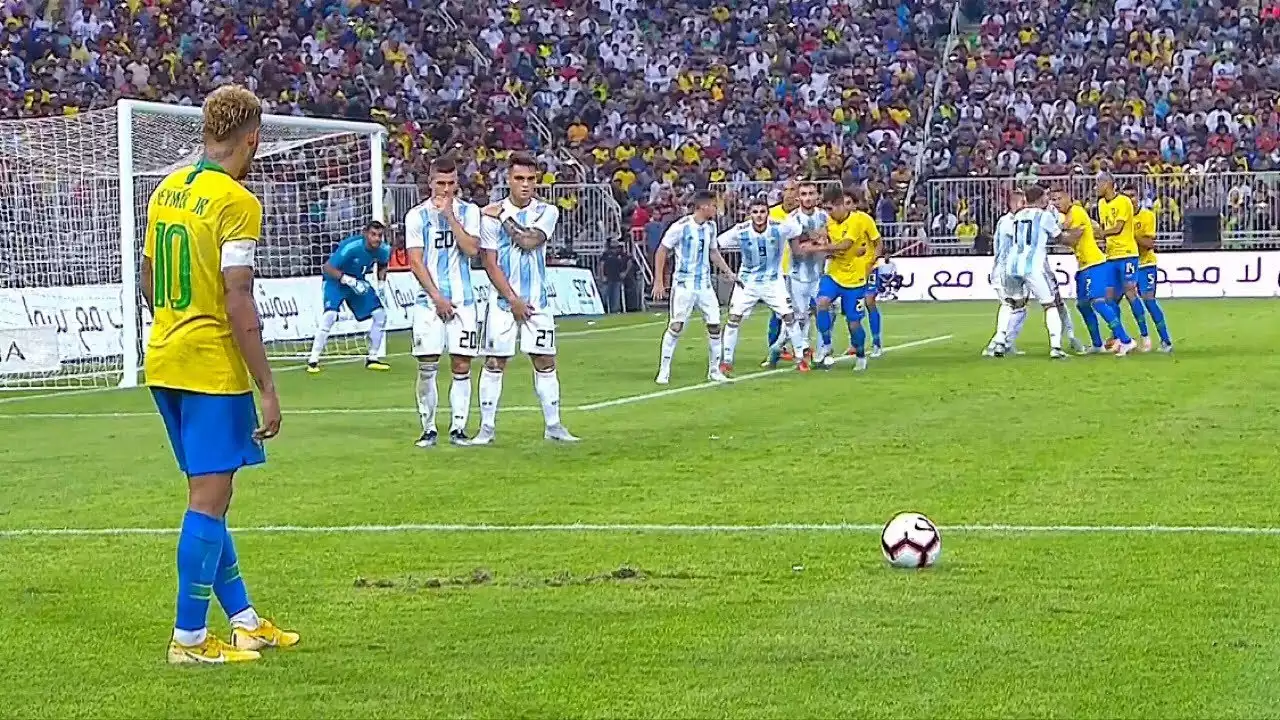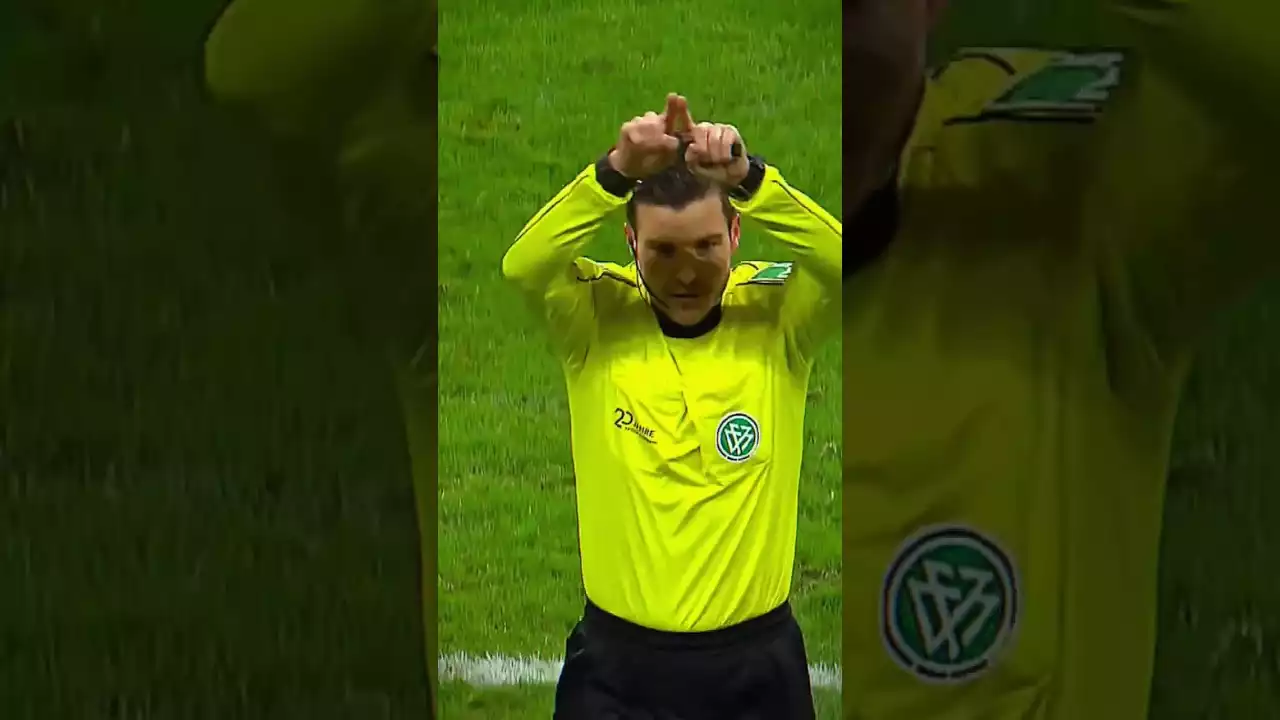What is the U-23 rule in Olympic football?
The U-23 rule in Olympic football refers to the regulation that restricts the participation of players over the age of 23 in national teams competing in the Olympic Games. This rule was implemented to give young players an opportunity to gain international experience and to level the playing field between smaller nations and football powerhouses. While the rule allows for three overage players, it primarily focuses on promoting the development of young talents.
One of the main reasons behind the U-23 rule is to ensure that the Olympic Games serve as a platform for the future stars of football. By limiting the number of older, more experienced players, the rule aims to showcase the youth's potential and provide them with exposure on a global stage. This not only benefits the players themselves but also contributes to the growth of the sport by introducing new talent to the world.
However, it's important to note that the U-23 rule only applies to the Olympic Games and not other international football competitions. The FIFA World Cup, for example, does not have an age restriction, allowing teams to include players of any age in their squads.
Pros of the U-23 rule in Olympic football
Advocates of the U-23 rule argue that it allows young players to gain valuable international experience, providing them with a platform to shine on a global stage. By participating in the Olympic Games, these players can showcase their skills and potentially attract attention from top clubs and scouts. This exposure can significantly boost their career prospects and open doors to future opportunities.
Another advantage of the U-23 rule is that it gives smaller and less financially stable nations an opportunity to compete against larger football powerhouses. These nations often struggle to attract top players due to financial constraints or lack of exposure. With the U-23 rule in place, they can build strong teams composed of talented young players who have the potential to challenge more established nations.
Furthermore, the U-23 rule promotes fair competition by ensuring that all participating teams are on a level playing field. By limiting the number of older, more experienced players, the rule prevents teams from relying solely on the prowess of seasoned professionals. This encourages teams to develop and rely on the skills of their young players, fostering a more balanced and competitive environment.
Cons of the U-23 rule in Olympic football
Critics of the U-23 rule contend that restricting the participation of older, more experienced players hinders the overall quality of the matches, making them less exciting for fans. They argue that seasoned professionals bring a level of skill and leadership that is invaluable in high-pressure situations. Without the guidance and expertise of experienced players, the matches may lack the strategic depth and tactical brilliance that fans have come to expect.
Moreover, some argue that the U-23 rule places excessive pressure on young players, potentially stunting their development. The Olympic Games are highly competitive, and the pressure to perform on such a big stage can be overwhelming for young talents. This can lead to increased anxiety and hinder their ability to showcase their true potential.
Additionally, the U-23 rule may result in some talented players missing out on the opportunity to represent their country in the Olympic Games. Players who turn 24 before the tournament may be excluded from the squad, despite being in their prime and capable of making significant contributions to their national team. This exclusion can be demoralizing for these players and may negatively impact their motivation and future prospects.
History and evolution of the U-23 rule
The U-23 rule was first introduced in 1992 as a response to the increasing professionalism of the sport. Prior to this, the Olympic football tournament was open to all players, regardless of age. However, as football became more competitive and lucrative, national teams started fielding their strongest squads, often including established professionals. This led to concerns that the Olympic Games were losing their focus on youth development and fair competition.
In an effort to address these concerns, FIFA and the International Olympic Committee (IOC) implemented the U-23 rule, which restricted the participation of older players. The aim was to refocus the Olympic football tournament on youth development and give younger players a chance to shine.
Over the years, the U-23 rule has undergone some modifications. For example, until 1996, teams were allowed to include three overage players, but this was reduced to two in subsequent editions. However, in 1999, FIFA and the IOC agreed to revert to the original three overage player rule.
Impact of the U-23 rule on player development The U-23 rule has had a significant impact on player development in Olympic football. By participating in the tournament, young players have the opportunity to gain invaluable experience at an international level. This experience can help them grow both as individuals and as footballers, exposing them to different playing styles, tactics, and cultures.
The U-23 rule also encourages national football associations to invest in youth development programs. With the focus on young talent, associations are motivated to identify and nurture promising players from a young age. This investment in youth development can have long-term benefits for both the national team and the overall growth of football in the country.
Furthermore, the U-23 rule has proved to be a stepping stone for many players to make the transition to senior international football. Representing their country in the Olympic Games allows these players to gain recognition and catch the attention of senior national team selectors. This recognition often leads to further opportunities at the senior level, providing a pathway for young talents to establish themselves on the international stage.
Case studies of successful teams under the U-23 rule
Several national teams have achieved success in Olympic football by utilizing the U-23 rule to their advantage. One notable example is the Brazilian national team, which has won the Olympic gold medal five times (as of 2021). Brazil's success can be attributed in part to their ability to field talented young players who later went on to become stars in senior international football. Players like Ronaldinho, Ronaldo, and Neymar all made their mark in Olympic football before making significant contributions to the senior national team.
Another successful case study is the Nigerian national team. Nigeria won the Olympic gold medal in 1996 and 2016, showcasing the talent and potential of their young players. These victories not only brought recognition to Nigerian football but also inspired a new generation of players to pursue their dreams.
These examples highlight the positive impact that the U-23 rule can have on the development of young players and the success of national teams.
Criticisms and controversies surrounding the U-23 rule
Despite its advantages, the U-23 rule has faced criticism and controversy over the years. One common criticism is that the rule disrupts the continuity and chemistry of national teams. By limiting the inclusion of older players, teams may struggle to find the right balance between youth and experience. This can result in disjointed performances and hinder the team's chances of success.
Additionally, there have been concerns raised about the age verification process for participating players. Some teams have been accused of fielding players who may not meet the age requirements, raising questions about the integrity of the tournament. FIFA and the IOC have taken steps to address these concerns by implementing stricter age verification measures, but controversies continue to arise.
Alternatives to the U-23 rule
In light of the criticisms and controversies surrounding the U-23 rule, alternative proposals have been put forward. One suggestion is to remove the age restriction altogether and allow national teams to field their strongest squad, regardless of age. This would ensure that the Olympic Games feature the best players from each country, guaranteeing high-quality matches and intense competition.
Another alternative is to raise the age limit to include more experienced players. By increasing the age limit, teams would have the option to include players who can provide leadership and guidance to the younger members of the squad. This could potentially enhance the overall quality of the matches while still allowing for the development of young talent.
The future of the U-23 rule in Olympic football
The future of the U-23 rule in Olympic football remains uncertain. The rule has its proponents and opponents, each with valid arguments supporting their stance. As football continues to evolve, it is likely that discussions will continue regarding the best approach to youth development and fair competition in the Olympic Games.
Ultimately, finding the right balance between showcasing young talent and providing a platform for experienced players is crucial. The U-23 rule has undoubtedly had a significant impact on Olympic football, both positive and negative. As the sport progresses, it is essential to reassess and adapt the rules to ensure the continued growth and success of the beautiful game in the Olympic arena.









